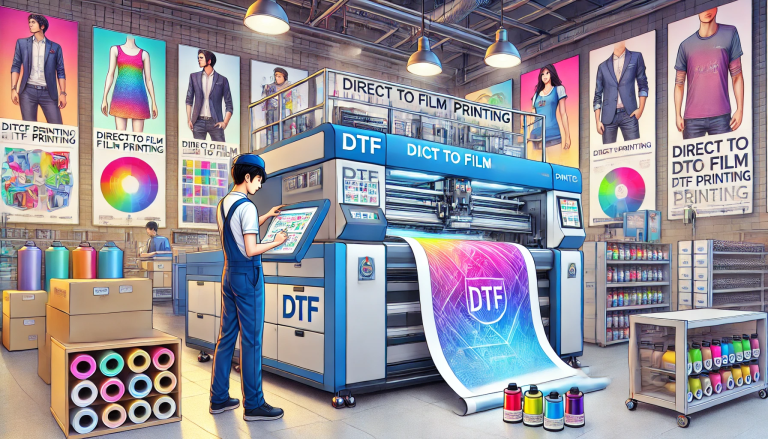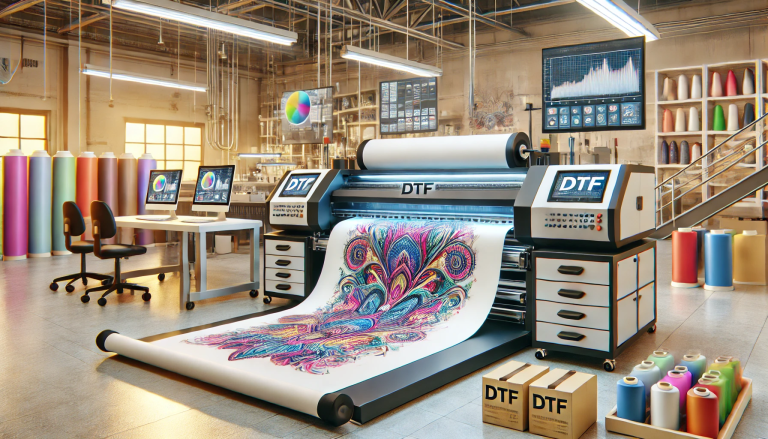“DTF Transfer Longevity Sheets: Keeping Your Transfers Looking Fresh for Longer!” -MAXDTF- DTF cold peel Factory, DTF Film 11×17 Manufacturer, Made in china
Introduction
DTF transfer longevity sheets are an important tool for tracking the life cycle of a product. They provide a comprehensive overview of the product’s performance over time, allowing manufacturers to identify areas of improvement and ensure that their products are meeting customer expectations. DTF transfer longevity sheets are also used to monitor the quality of materials used in the production process, as well as to track the progress of product development. By providing a detailed record of the product’s performance, DTF transfer longevity sheets can help manufacturers make informed decisions about their products and ensure that they are providing the best possible product to their customers.
Understanding the Different Types of DTF Transfer Sheets and Their Uses
Transfer sheets are a type of document used to transfer information from one place to another. They are commonly used in the business world to transfer data between departments, companies, and even countries. Transfer sheets are also used in the medical field to transfer patient information from one doctor to another.
There are several different types of transfer sheets, each with its own purpose and use. The most common type of transfer sheet is the Data Transfer Form (DTF). This form is used to transfer data from one system to another. It is typically used to transfer data from one computer system to another, such as from a customer database to an accounting system. The DTF includes fields for the data to be transferred, such as customer name, address, and contact information.
Another type of transfer sheet is the Document Transfer Form (DTF). This form is used to transfer documents from one person or organization to another. It is typically used to transfer documents such as contracts, invoices, and other legal documents. The DTF includes fields for the document to be transferred, such as the document title, date, and recipient.
The third type of transfer sheet is the Financial Transfer Form (FTF). This form is used to transfer money from one account to another. It is typically used to transfer funds from one bank account to another, or from one company to another. The FTF includes fields for the amount to be transferred, the source and destination accounts, and the date of the transfer.
Finally, the fourth type of transfer sheet is the Inventory Transfer Form (ITF). This form is used to transfer inventory from one location to another. It is typically used to transfer inventory from one warehouse to another, or from one store to another. The ITF includes fields for the item to be transferred, the quantity, and the destination.
Transfer sheets are an important part of many businesses and organizations. They are used to transfer data, documents, money, and inventory from one place to another. Understanding the different types of transfer sheets and their uses is essential for any business or organization.
The Benefits of Using DTF Transfer Sheets for Long-Term Projects
DTF transfer sheets are an invaluable tool for long-term projects. They provide a simple and efficient way to track progress, store data, and ensure that all stakeholders are kept up to date. Here are some of the key benefits of using DTF transfer sheets for long-term projects.
First, DTF transfer sheets provide a comprehensive overview of the project. They allow project managers to easily track progress, identify areas of improvement, and ensure that all tasks are completed on time. This helps to ensure that the project is completed in a timely and efficient manner.
Second, DTF transfer sheets are easy to use. They are designed to be user-friendly and can be quickly filled out by project managers. This makes them ideal for long-term projects, as they can be used to quickly and accurately track progress.
Third, DTF transfer sheets are highly secure. They are designed to protect sensitive data and ensure that only authorized personnel can access it. This helps to ensure that the project is kept confidential and secure.
Finally, DTF transfer sheets are cost-effective. They are relatively inexpensive to purchase and can be used for multiple projects. This makes them an ideal choice for long-term projects, as they can be used to save money and time.
In conclusion, DTF transfer sheets are an invaluable tool for long-term projects. They provide a comprehensive overview of the project, are easy to use, highly secure, and cost-effective. For these reasons, they are an ideal choice for any long-term project.
How to Maximize the Longevity of Your DTF Transfer Sheets
Transfer sheets are an essential tool for any digital textile printing business. They are used to transfer designs from a computer to a fabric substrate, allowing for the production of high-quality prints. However, these sheets can be expensive and need to be replaced regularly. To ensure that your transfer sheets last as long as possible, there are a few steps you can take to maximize their longevity.
First, it is important to store your transfer sheets properly. Keep them in a cool, dry place away from direct sunlight and other sources of heat. This will help to prevent the sheets from becoming brittle and cracking. Additionally, it is important to keep the sheets away from moisture, as this can cause them to warp and become unusable.
Second, it is important to use the correct printer settings when printing on your transfer sheets. Make sure that the temperature and pressure settings are appropriate for the type of transfer sheet you are using. If the settings are too high, the sheets may become damaged. Additionally, it is important to use the correct type of ink for the transfer sheets. Using the wrong type of ink can cause the sheets to become discolored or damaged.
Finally, it is important to clean the transfer sheets regularly. Use a soft cloth and mild detergent to remove any dirt or debris that may have accumulated on the sheets. This will help to ensure that the sheets remain in good condition and last as long as possible.
By following these steps, you can maximize the longevity of your transfer sheets and ensure that they remain in good condition for as long as possible.
Conclusion
The DTF transfer longevity sheets provide a valuable tool for tracking the longevity of transfers and ensuring that they are completed in a timely manner. They provide a comprehensive overview of the transfer process, allowing users to easily identify any potential issues or delays. By using these sheets, organizations can ensure that their transfers are completed efficiently and accurately, helping to reduce the risk of financial losses and other problems.






